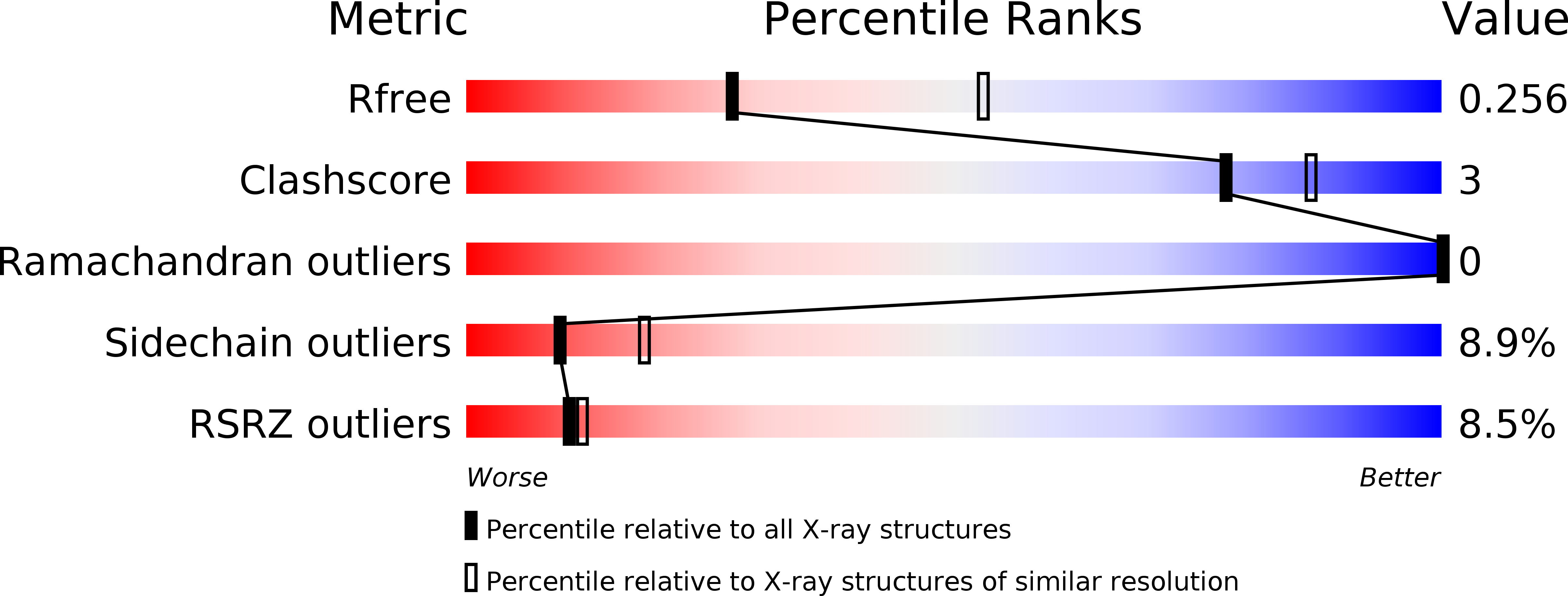
Deposition Date
2017-10-15
Release Date
2018-01-17
Last Version Date
2024-05-08
Entry Detail
PDB ID:
6EQT
Keywords:
Title:
CRYSTAL STRUCTURE OF THE HUMAN KINETOCHORE PROTEIN CENP-N
Biological Source:
Source Organism:
Homo sapiens (Taxon ID: 9606)
Host Organism:
Method Details:
Experimental Method:
Resolution:
2.74 Å
R-Value Free:
0.25
R-Value Work:
0.20
R-Value Observed:
0.20
Space Group:
P 41


